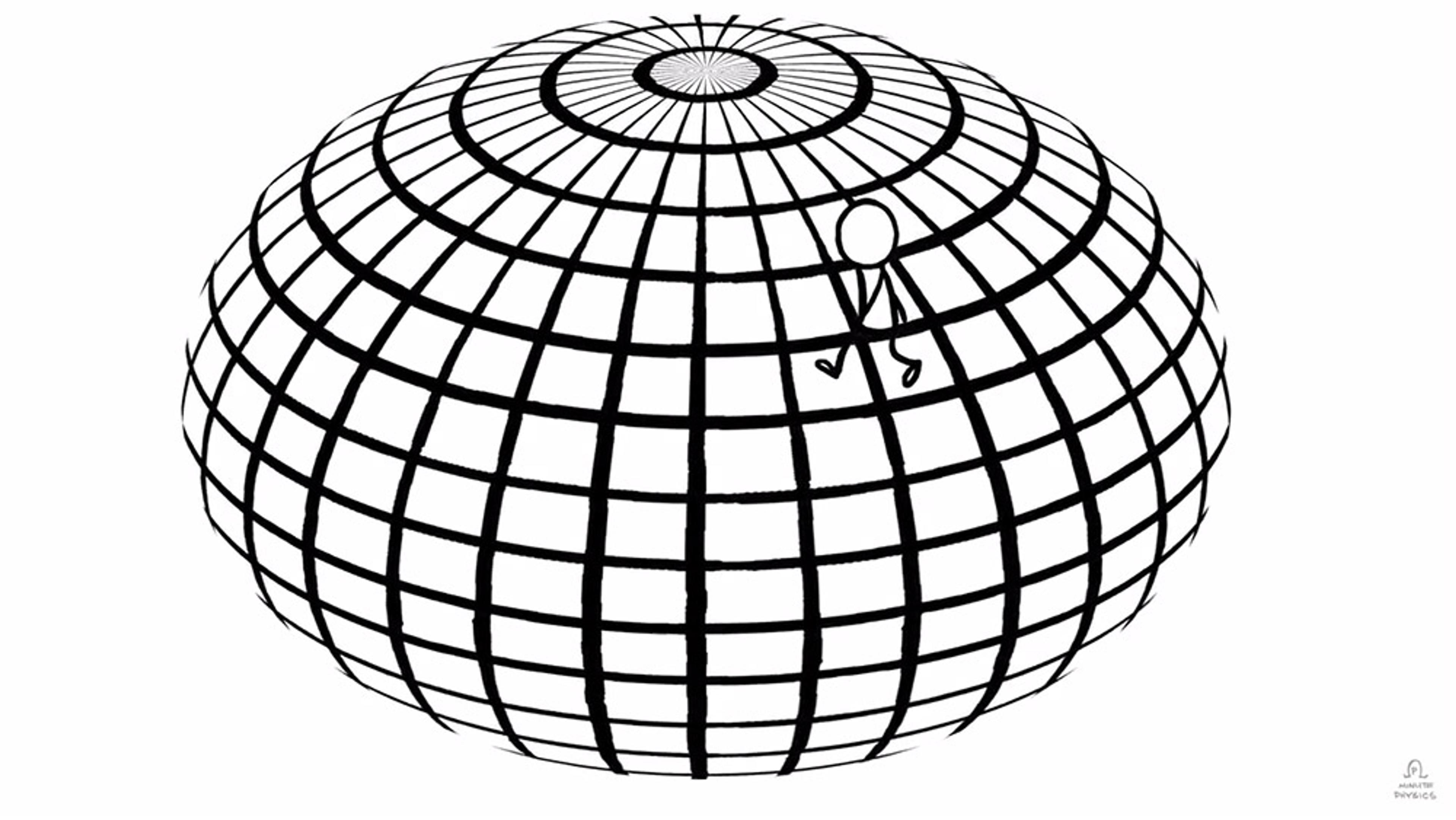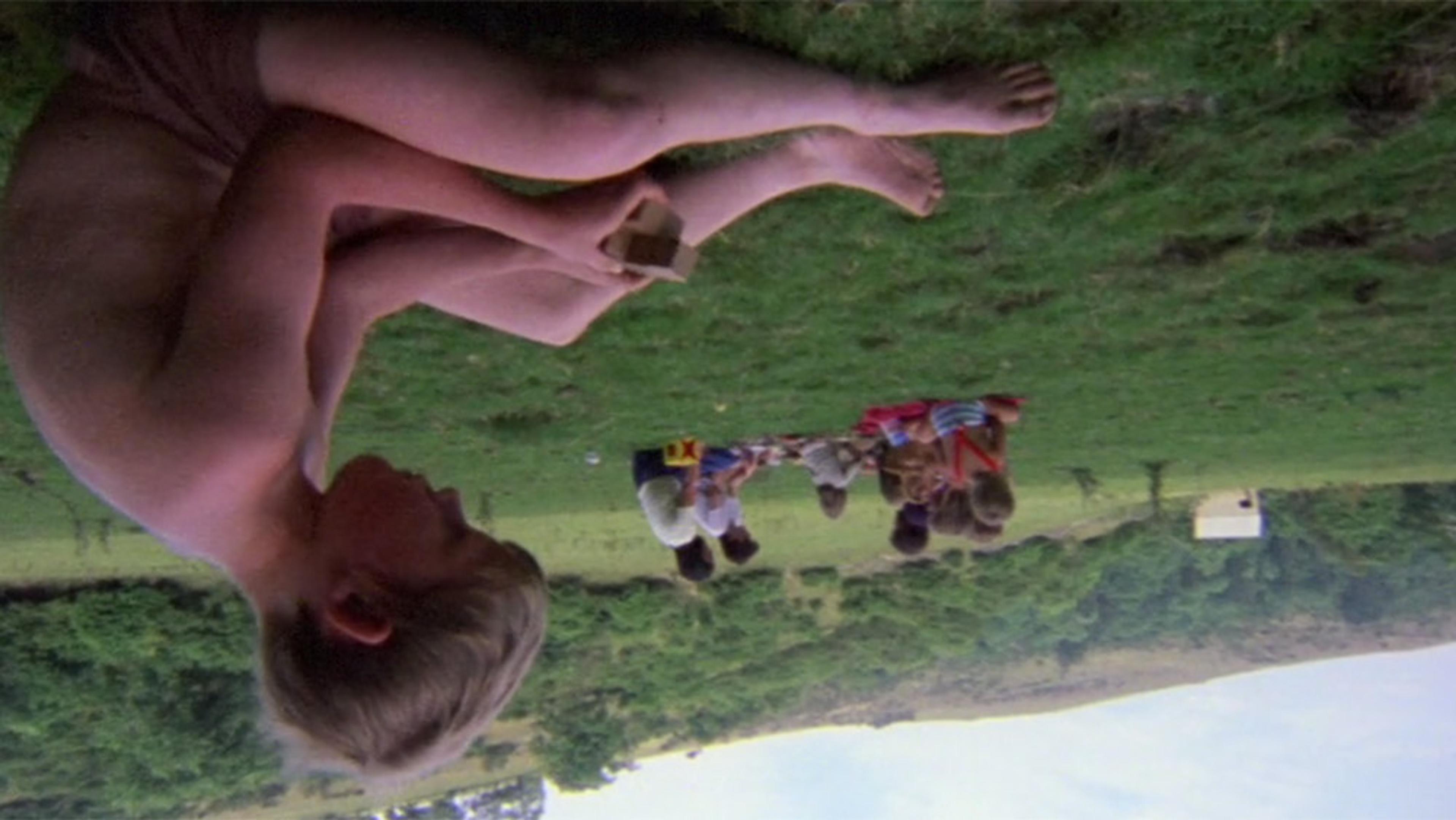Mountain or valley? Concave or convex? Why is it so difficult to tell the difference when you’re viewing a surface from directly overhead? This short animation from MinutePhysics details how this perceptual illusion is explained by our natural conditioning to the Earth’s most powerful light source – the Sun – which has trained us to perceive light as always being on top and shadows as always being on the bottom.
Why can concave surfaces look convex when viewed from overhead (and vice versa)?
Video by MinutePhysics
7 August 2017
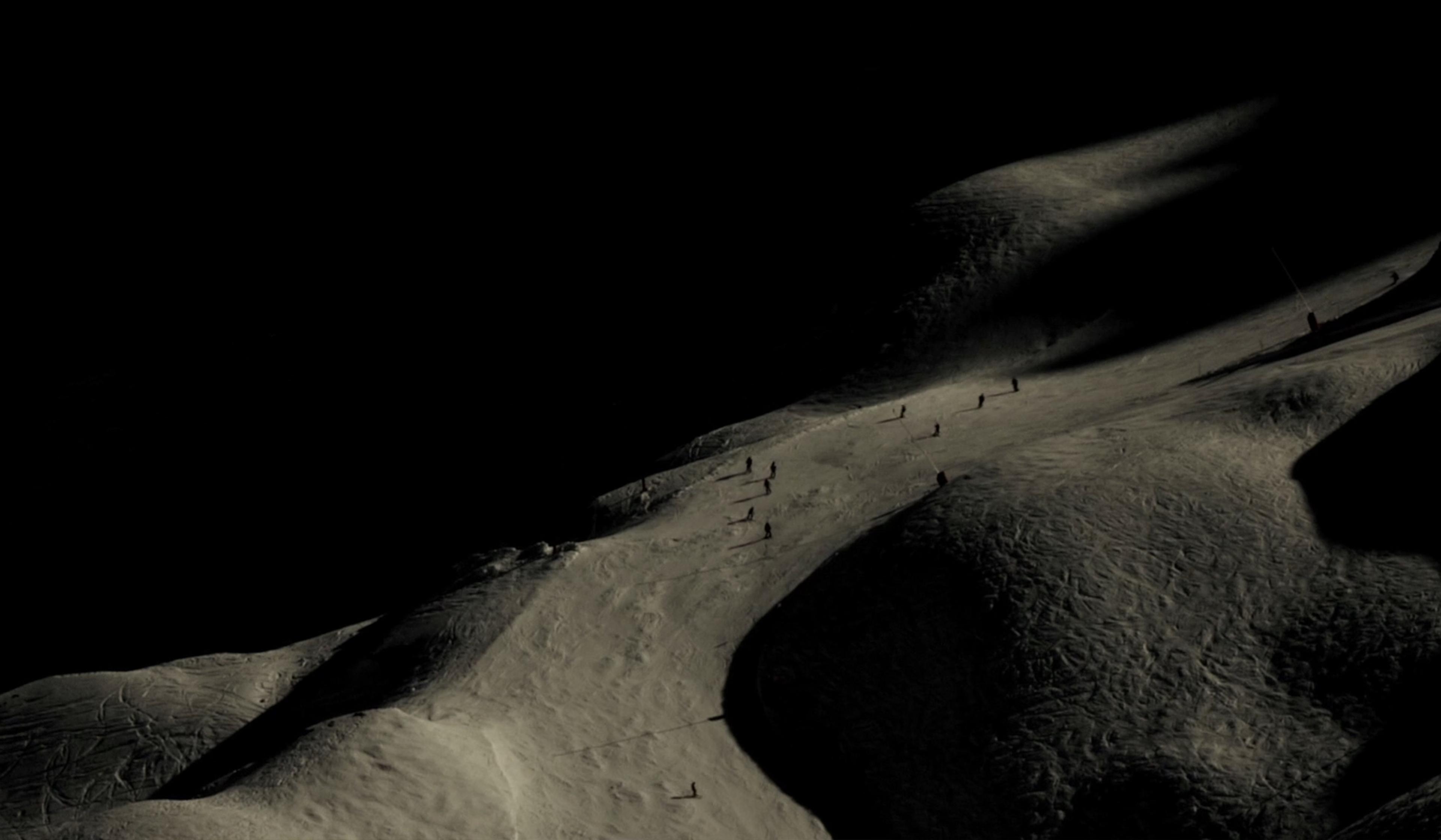
videoNature and landscape
A ski mountain as a stunning ethereal reflection on how we move through nature
14 minutes
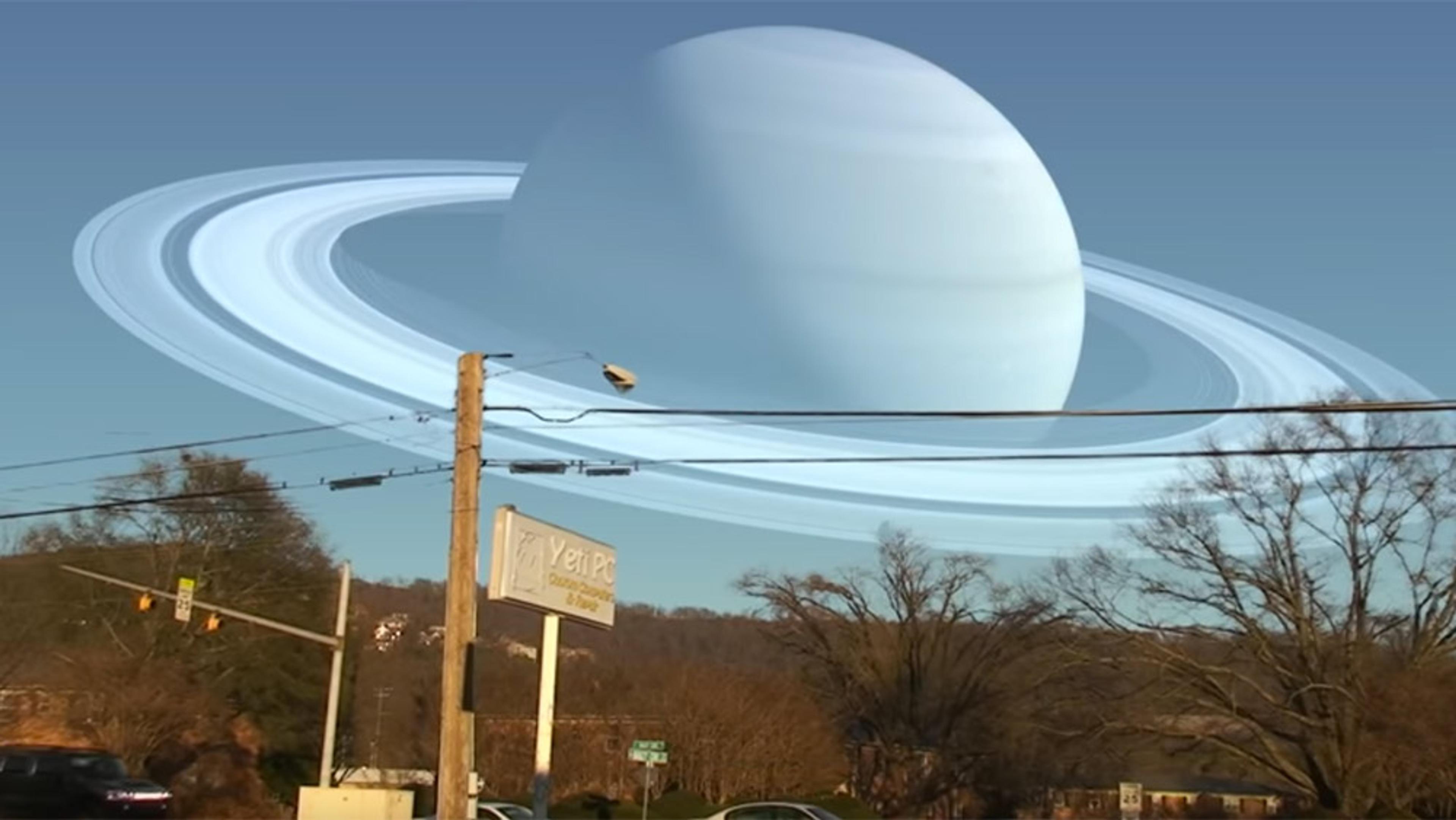
videoAstronomy
Close encounters of a different kind – what if Venus, Neptune or Saturn hovered close by?
2 minutes

videoKnowledge
What wrapping a rope around the Earth reveals about the limits of human intuition
6 minutes

videoPhysics
To change the way you see the Moon, view it from the Sun’s perspective
5 minutes
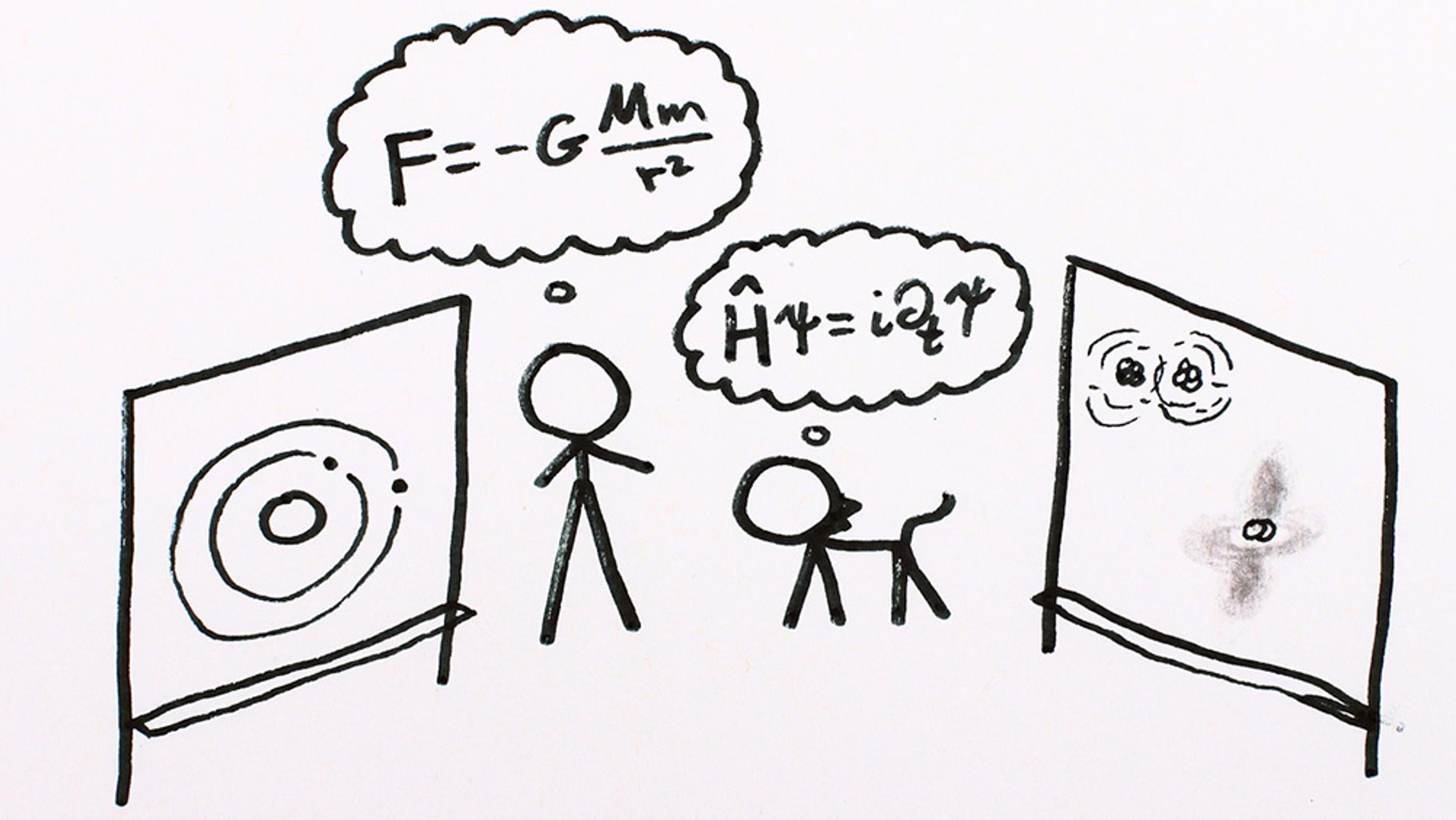
videoKnowledge
Models are always imperfect, and the ones we choose greatly shape our experience
3 minutes

videoMathematics
After centuries of trying, we’ve yet to arrive at a perfect way to map colour
20 minutes
